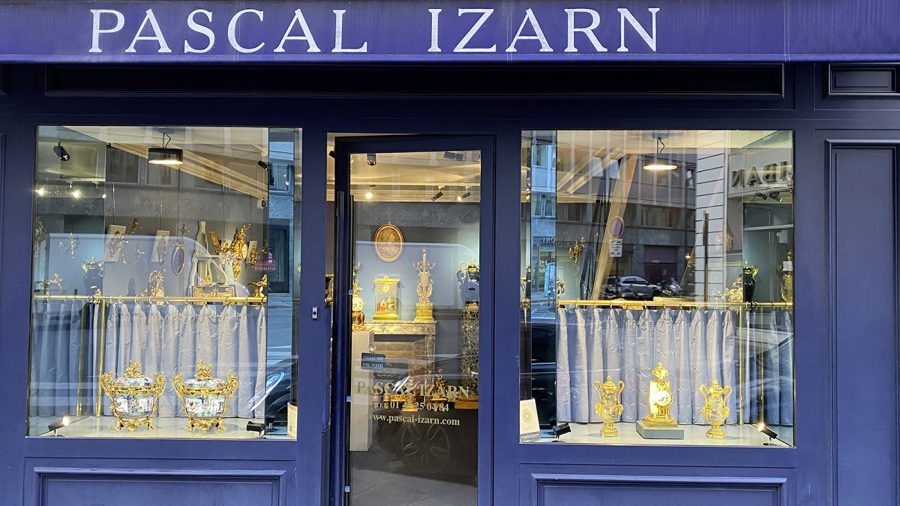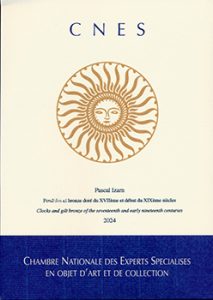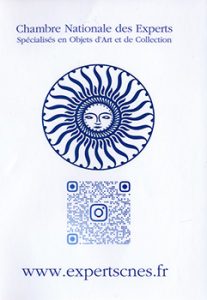For thirty-five years I have specialised in works of art and clocks of the 18th and early 19th centuries. I started off at 13 rue de Beaune in Paris, after an initial training as a clockmaker which equipped me with a better understanding of the technical aspects of clocks. I am very rigorous about the integrity of a piece: dials and movements must always be contemporary with and original to the clock case.
Years of dismantling my acquisitions and cleaning the gilt bronzes myself have enabled me to continually build on this knowledge. I often spent precious moments in the atelier near the Bastille of the restorer and bronze-mounter Daniel Cousté, examining objects I would not have fully understood without his advice.
My activity has developed in the last fifteen years towards Chinese, Japanese and European porcelains mounted with 18th century gilt bronzes. I am now recognised as an expert on the authenticity of these mounted objects as well as other gilt bronzes and clocks.
For all its excitement, the life of a dealer is not easy. As they say, it’s “an idler’s job where you work like the devil” to ensure sufficient cashflow is always on hand. Then you must be patient, buying nothing for months on end, no matter the temptation, in order to be ready when that all-important piece appears. Fortunately, the knowledge accumulated year after year cushions the financial risks.
Buying is my preference and I always feel remorse for the things I failed to get, whereas I feel no attachment to those I sell. It’s the discovery that I am passionate about. One has to be selective, to always strive to buy better than before and to set high standards and continually improve them.
Gilt bronze demands a thorough understanding of the object; with this, one makes progress each year, without it the passage of time achieves nothing. When you buy an object covered in dirt, you need to know if the original mercury gilding exists under the grime or if it is worn or has completely disappeared. This distinction is essential as the item’s value will not be the same at all. I would never buy a work of art or a clock that has been re-gilt.
The field is often ill-understood and the subject of debate, most of the time through lack of connoisseurship. Here, it pays to be modest. The current fashion for the analysis of metals used in the composition of bronze can be helpful. However, no magic machine yet exists which will provide the exact date of creation of the object under examination. In the end, knowledge and the eye count the most, both today and for a long time to come.
In the 18th century, the only artificial light came from candles, meaning that the gilt bronzes had to sparkle brilliantly, much in the same way that fabrics had to be woven in bright colours. Today, the glare of electric lights means one no longer understands the subtle differences between the burnished and chased surfaces which made the gilt bronze shimmer in candle-light.
I have always felt and still feel strongly that patina does not exist on gilt bronzes. In some cases, the piece is covered in dirt and it makes sense to clean it delicately, using the appropriate product to bring it back to its original appearance. In others, the gilding is very worn or may have disappeared altogether (often the disastrous result of use of the brass cleaning product, Mirror).
Time does not alter gold.
Pascal Izarn
Member of the national chamber of specialized experts.




